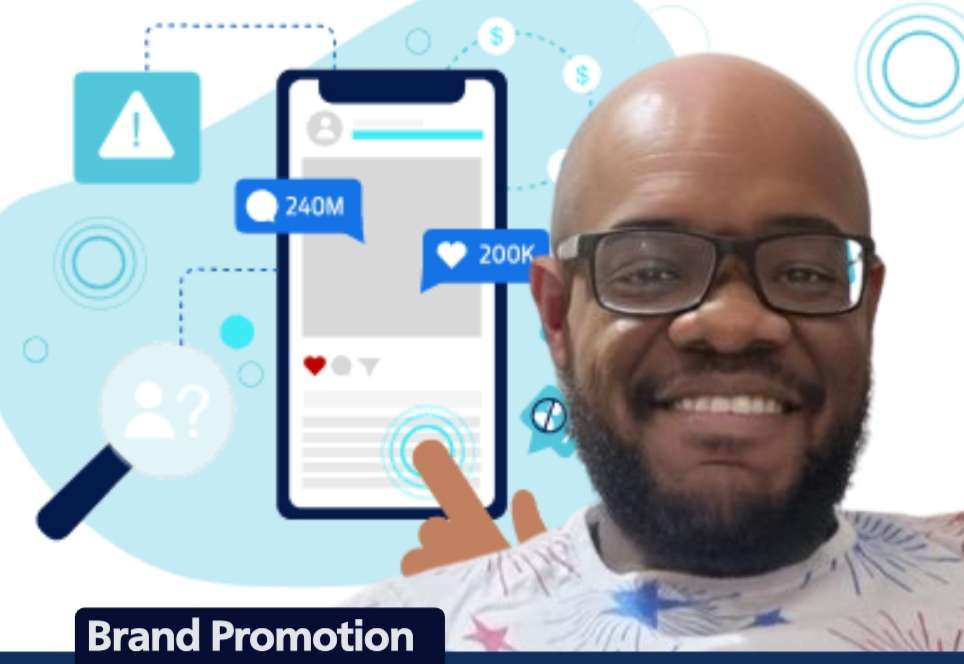Nigerian experts have raised concerns over the surge in fraudulent influencer marketing, where fake followers and artificially inflated engagement are misleading brands into wasting millions on ineffective campaigns.
The warning comes amid a surge in inauthentic digital activity across platforms like X, and Instagram, where large fake followers are increasingly being used to mask low or artificial engagement.
A growing number of business owners are now speaking out about spending heavily on influencer promotions that yield zero results, fuelling concerns about the integrity of the influencer marketing ecosystem.
A recent tweet from a X user @John322226, also known as Lobistars, has reignited public conversation around this issue. He revealed in the post, how he paid ₦1 million to a well-known skit maker in 2022 to promote his business, only to receive no sales in return.
In an exclusive interview with Techparley, Lobistars further revealed how he lost the ₦1 million, and receiving little in return for the hefty investment.
“I was expecting good sales because someone with a million followers should get a good reach,” he told Techparley. “I didn’t get a single sale from it. They do buy views and comments. It’s just so crazy.”
The Illusion of Engagement
What started as a business investment quickly turned into frustration when the influencer delayed the project by three weeks.
“Before I even got the skit maker to do the ads I paid in full for, I had to threaten that I’d call her out online because she was 3 weeks due,” Lobistars recalled. “She came and did rubbish and never asked about the progress.”
While the experience might sound isolated, digital marketers say it reflects a larger issue in Nigeria’s booming influencer economy.
With follower counts inflated through third-party apps, bots, or purchased engagement, brands are often left paying for visibility that never converts.
According to Lobistars, it’s becoming increasingly difficult to differentiate between genuine influencers and those masking fake reach with artificial metrics.
Patterns of Fraud
Since the incident, Lobistars says he’s become more aware of certain patterns that suggest fake engagement.
“Many people on instagram are using apps to get views and likes. Too many fake shit,” he said. “Before you pay influencers for ads, always ask for analytics to ensure you’re paying for real visibility and not bots.”
An anonymous social media user who spoke to Techparley confirmed that the manipulation of engagement is not only real, but widespread.
“I have experienced this first-hand. I know platforms where people can buy likes and followers,” the user said. “I no longer trust many brands with huge followers. You can tell when you see their large numbers of followers but without much engagement when they post. Go to Instagram and start observing. The trend is on the rise.”
The source further disclosed experimenting with such services in the past.
“I once experimented with it. I was able to buy likes for my page. Random bot accounts with funny profile images and scanty page activities. Those platforms, I mean Twitter, IG and Facebook, need to regulate their system.”
This reinforces growing calls for tighter monitoring and enforcement mechanisms across social platforms to curb the rise of in-organic marketing.
Digital marketing analysts recommend watching for suspiciously high likes or views paired with minimal comments or generic replies. Sudden spikes in followers and off-brand collaborations are also signs of possible manipulation.
Due Diligence is Critical
For brands considering influencer partnerships, Lobistars offered simple but practical advice.
“I think analytics of their account and if possible concrete evidences with screen recording,” he noted. “Most preferably, focus on their niche and if it suits your brand.”
According to him, the growing trend of influencers amassing fake followers and engagement metrics is hurting real businesses. And it’s harder than ever to tell which influencers are authentic and which are not.
A Growing Crisis
Influencer marketing in Nigeria is booming, especially across platforms like Instagram and TikTok, where social credibility is measured in views, likes, and shares.
Globally, influencer fraud has been on the radar of marketers for years. According to a 2023 report by HypeAuditor, over 49% of Instagram influencers were found to have engaged in some form of fraudulent activity, including purchasing followers or engagement.
Industry insiders have long called for clearer performance benchmarks and standardised reporting metrics such as audience demographics, retention rates, and conversion analytics before greenlighting partnerships.
Experts further recommend brands should insist on full analytics reports from influencers, including reach per post, story interactions, and conversion rates. These can be verified using tools like HypeAuditor, or Social Blade.
Talking Points
It’s increasingly clear that large follower counts no longer guarantee real influence. As more brands invest in influencer marketing, many are discovering that inflated numbers often hide inauthentic engagement.
At Techparley, we see this as a warning sign. When follower counts are propped up by bots or third-party apps, brands are not paying for visibility, they’re paying for vanity.
The illusion of digital reach is damaging both to businesses and to legitimate creators. While some influencers work hard to build authentic communities, their efforts are undermined by the flood of inorganically grown accounts.
Due diligence is now non-negotiable. Businesses must demand access to analytics and audience insights. Tools like HypeAuditor and Social Blade can help, but brands must also ask the right questions, who is your audience, and what are your actual conversion results?
This trend isn’t just costing money, it’s eroding trust in digital platforms. If not addressed, the rise of fake engagement could devalue the entire influencer economy. Going forward, influencer marketing still has enormous potential, but only when built on authenticity, data, and real value, not hype.
